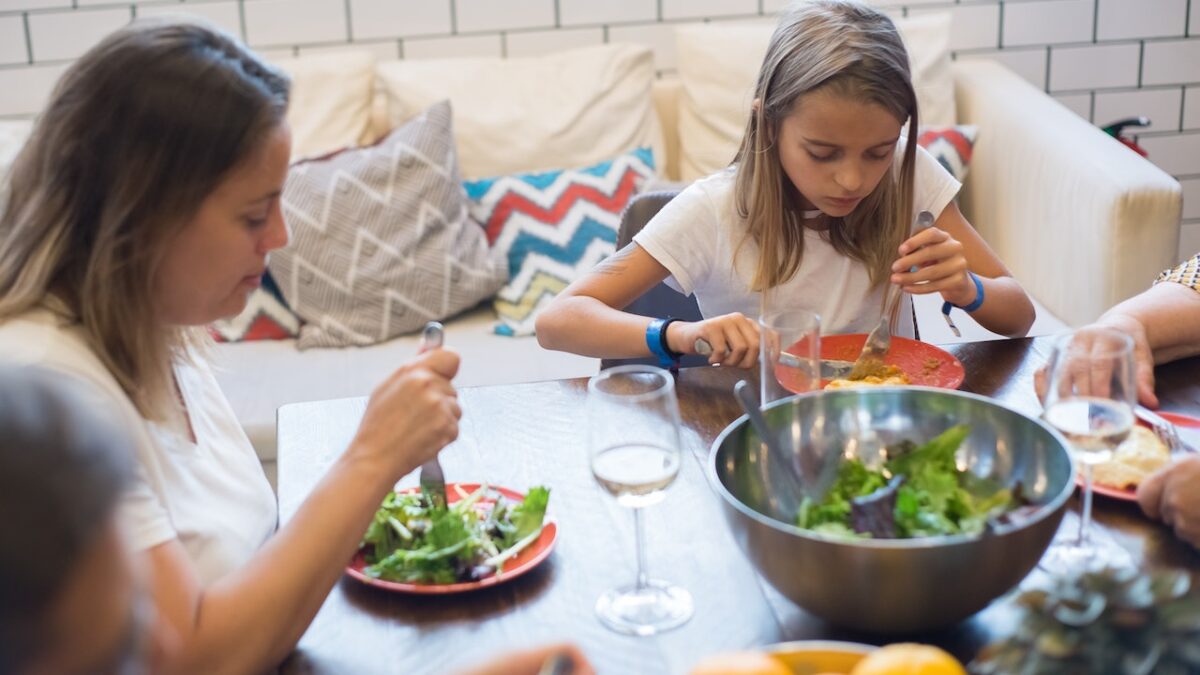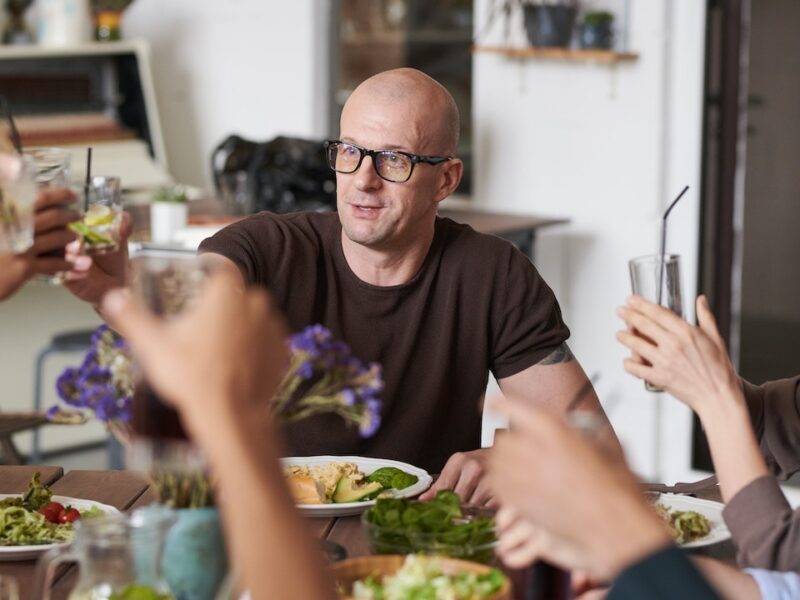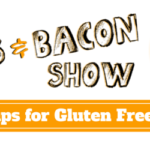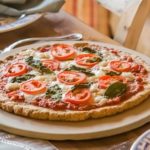In today’s health-conscious world, it’s hard to ignore the buzz around gluten-free eating. Whether you’re a dedicated Paleo follower or a steadfast vegan, chances are you’ve come across this dietary trend that has taken the food industry by storm.
But what exactly is gluten-free, and how does it fit into different diets? This piece will guide you through the various aspects of gluten-free eating across different diets.
You might be wondering why there’s a fuss about gluten in the first place. Well, for some people, consuming gluten can lead to serious health problems such as celiac disease or non-celiac gluten sensitivity. For others, going gluten-free is simply a personal choice driven by perceived health benefits or dietary restrictions.
Dietary restrictions or choices don’t need to limit the joy and creativity that comes with preparing and enjoying food. Take, for example, Folios Cheese Wraps, a versatile food item that originally gained popularity among the keto community. These recipe-ready cheese wraps offer a gluten-free, low-carb alternative to traditional bread and tortillas, proving that diet adaptations can also mean exciting culinary innovations.
In this guide, we’ll explore a variety of diets, from Paleo to Vegan, and how to incorporate gluten-free options seamlessly into each one.
Understanding Gluten And Its Effects On Health
When embarking on a gluten-free journey, it’s essential to understand what gluten really is and how it can affect one’s health.
Gluten is a protein in common wheat, barley, and rye that really gives dough its elasticity and chewiness.
For most people, consuming gluten does not cause any issues; however, some suffer from celiac disease or gluten sensitivities, which makes avoiding gluten necessary for maintaining optimal health.
Celiac disease is an autoimmune disorder where the body mistakenly attacks the small intestine when gluten is consumed.
Over time, this reaction properly damages the lining of the intestine and prevents proper nutrient absorption, leading to various symptoms such as bloating, diarrhea, weight loss, and even more severe complications if not addressed.
Gluten alternatives are crucial for individuals with celiac disease to ensure they receive adequate nutrition without triggering their condition.
These alternatives can include grains like rice, quinoa, and corn or non-grain options like almond flour or coconut flour.
As more people become aware of their dietary needs and preferences, it has become easier than ever to find delicious gluten-free recipes that cater to various diets like paleo or vegan.
Whether you’re dealing with celiac disease or simply looking to reduce your gluten intake for personal reasons, exploring these alternatives will open up a world of culinary possibilities without compromising your health.
You’ll likely discover new foods that you enjoy while feeling better in the process!
Adapting Gluten-Free Principles For Paleo Diets
Now that we have a better understanding of gluten and its effects on health let’s delve into how to adapt these gluten-free principles to different diets.
One popular diet that has gained traction in recent years is the Paleo diet, which focuses on consuming foods that were available to our hunter-gatherer ancestors. This means eliminating processed foods and grains, which can make it a naturally gluten-free choice for many.
However, some considerations remain when incorporating gluten-free principles into a Paleo lifestyle. To begin with, it’s essential to identify Paleo-friendly grains that are also gluten-free. While the traditional Paleo diet eliminates most grains, some people choose to include a few nutrient-dense pseudo-grains such as quinoa, amaranth, and buckwheat in their meals. These pseudo-grains are naturally gluten-free and can help add variety while still adhering to the basic principles of the Paleo diet. Additionally, nuts and seeds like almonds or chia seeds can provide an excellent source of healthy fats and fiber without any traces of gluten.
When following a Gluten free paleo lifestyle, it’s also important to be mindful of potential sources of hidden gluten in processed food items or condiments. For example, soy sauce often contains wheat and should be replaced with coconut aminos or tamari sauce for those avoiding gluten.
Moreover, always double-check labels for pre-packaged or processed foods marketed as ‘Paleo’ since they may not necessarily be completely free from gluten. By being vigilant about ingredient lists and focusing on whole foods found in nature, it becomes easier to maintain both a gluten-free and Paleo-friendly way of eating without compromising one’s health goals.
Incorporating Gluten-Free Options In Veganism

Vegan alternatives made from gluten-free ingredients are becoming more widely available in grocery stores, making it easier for those following this dietary combination to find suitable products. Additionally, learning to prepare meals from scratch using whole foods is essential for maintaining a well-balanced and nutritious vegan and gluten-free diet.
When searching for vegan alternatives that are also free of gluten, it’s important to become familiar with the wide variety of gluten-free grains and legumes available. Some popular options include quinoa, buckwheat, millet, amaranth, rice, beans, lentils, and chickpeas. These ingredients serve as excellent protein sources in a vegan diet and can also be used creatively in recipes to mimic the texture or flavor of traditional wheat-based products.
For example, chickpea flour can make delicious pancakes or flatbreads, while quinoa is an excellent base for salads or grain bowls.
Experimenting with different combinations of gluten-free ingredients and vegan alternatives will allow individuals following this unique diet to create dishes catering to their tastes and preferences. By educating oneself on the various options available and investing time in developing new recipes or modifying existing ones, living a healthy vegan lifestyle free from gluten becomes achievable and enjoyable.
So don’t hesitate to explore your local health food store or browse online for inspiration – there’s an abundance of resources out there waiting to help you succeed on your culinary journey!
Navigating Gluten-Free Choices In Other Dietary Lifestyles
As we’ve seen, incorporating gluten-free options in veganism can be a rewarding and delicious experience. With creativity and knowledge, it’s easy to enjoy diverse, tasty meals catering to both dietary preferences.
But what about other dietary lifestyles? Are there gluten-free alternatives available for those who follow paleo, ketogenic, or other diets? The answer is yes – let’s explore how.
For those following the paleo diet – a lifestyle based on consuming foods believed to have been available during the Paleolithic era – gluten-free ingredients are already a staple. Since this diet restricts grains altogether, alternative grains like quinoa and amaranth don’t typically have a place in paleo meals. However, there are still plenty of grain-free, gluten-free options, such as almond flour, coconut flour, and cassava flour, that can be used for baking or as substitutes in recipes. Additionally, the focus on whole foods like fruits, vegetables, nuts, seeds, and lean meats makes it naturally compatible with a gluten-free approach.
Ketogenic dieters – who consume high-fat, moderate protein, and very low carbohydrate meals – also find that their diet is largely consistent with gluten-free principles. Due to its low-carb nature, many keto followers already avoid traditional sources of gluten, like bread or pasta made from wheat flour. Instead, they may opt for nut-based flour or even vegetable substitutes like zucchini noodles (zoodles) or cauliflower rice. Gluten-free ingredients such as almond and coconut flours are perfect for creating keto-friendly baked goods while maintaining consistency with their low-carb goals.
So whether you’re embracing veganism or exploring another dietary lifestyle change altogether, rest assured that you can navigate your way through gluten-free choices without compromising your preferred eating habits.
Want to unlock greater wellness?
Listen to our friends over at the Wellness + Wisdom Podcast to unlock your best self with Drew Canole of Organifi:








 Why Superfood Powders Are The Perfect Addition To Your Detox Routine
Why Superfood Powders Are The Perfect Addition To Your Detox Routine